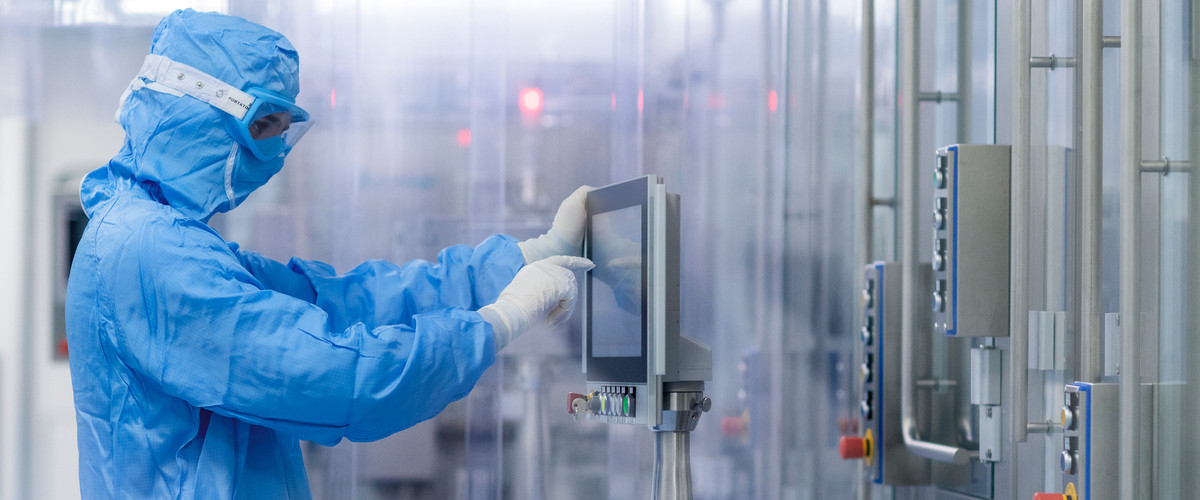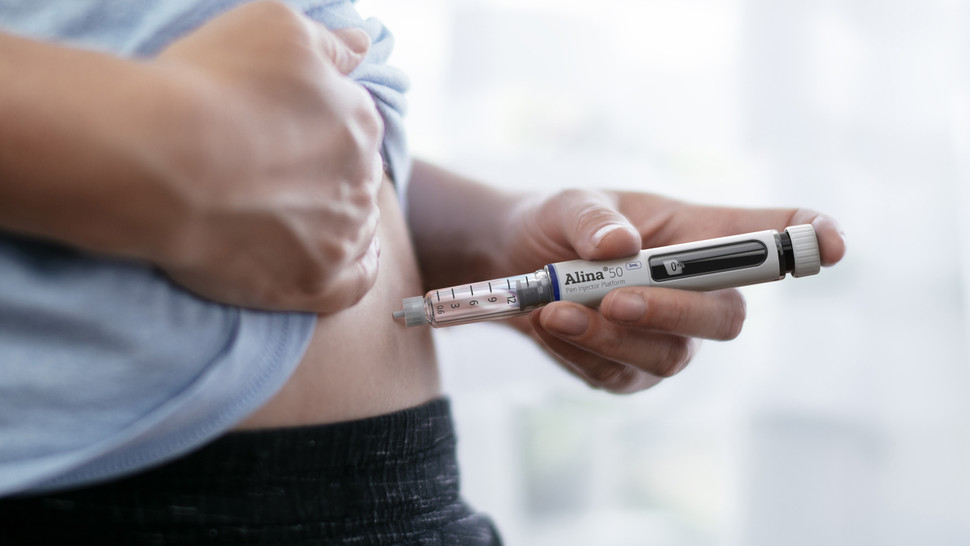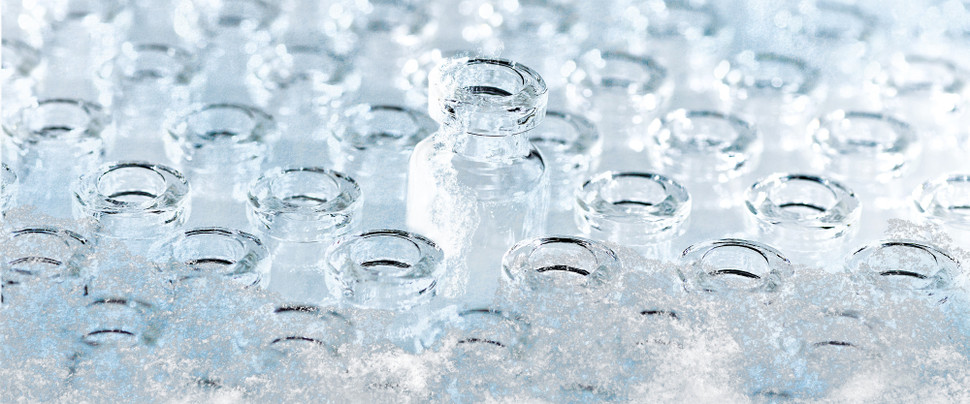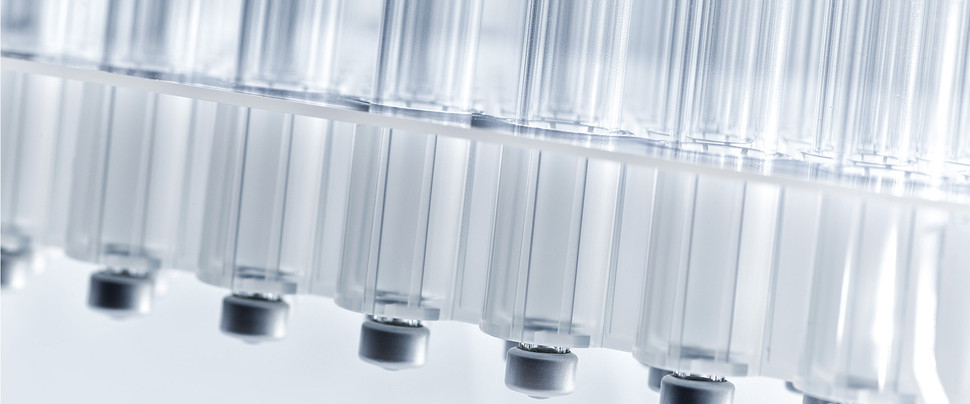Innovation and continuous improvement have always been cornerstones of the pharmaceutical industry. Supply chain partners who are invested in the research and delivery of innovative solutions - and are committed to supporting the success of their customers - tend to witness long term, sustainable growth.
With much of the innovation coming in the form of smarter solutions for aseptic manufacturing, combined with the constant evolution of regulatory requirements, there is ever-greater demand in quality; specifically in terms of protecting the integrity of medication and reducing contamination via particulates.
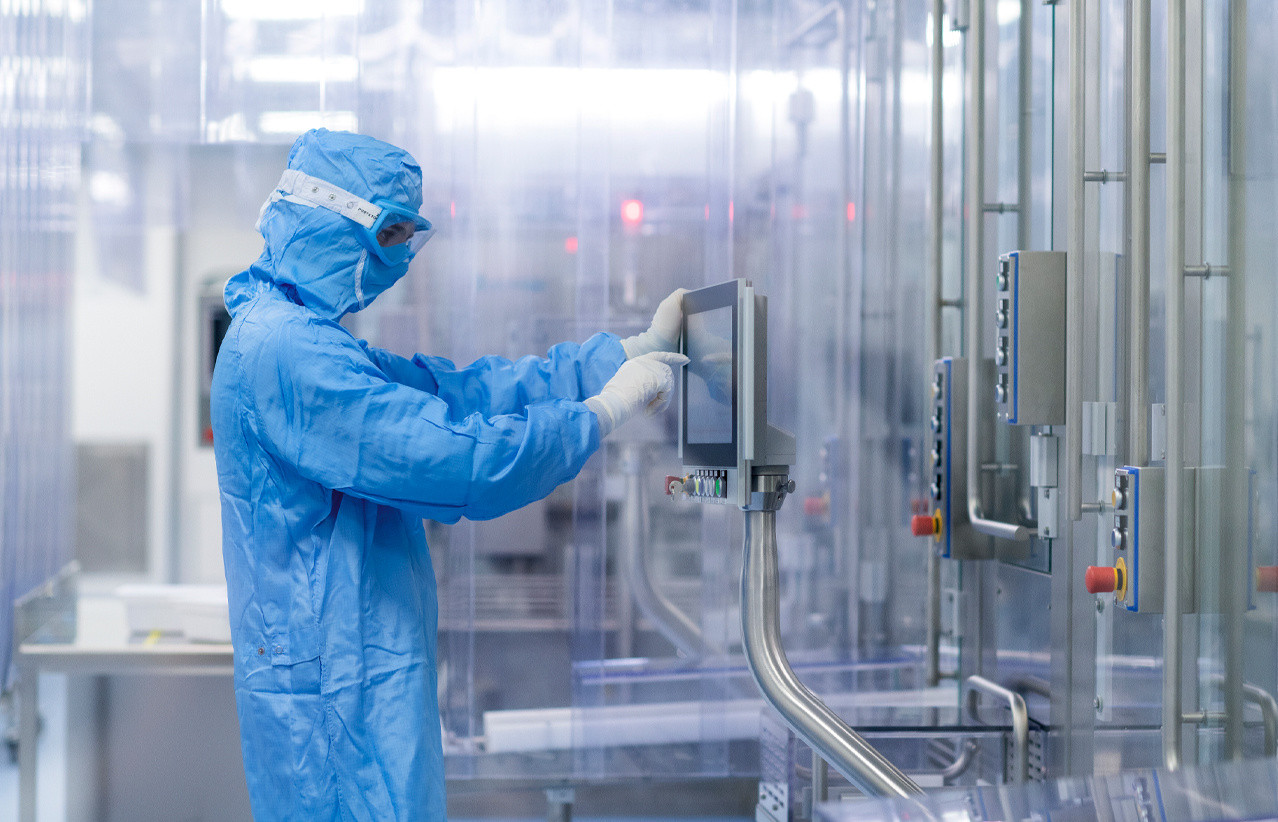
The revision to Annex 1 to the Good Manufacturing Practices Guide by the European Medicines Agency introduces new challenges for pharmaceutical manufacturers implementing contamination control and sterility assurance strategies.
August 25th, 2023 marked the effective date for the entry of new provisions on the production and/or import of sterile medicines into the territory of the European Union (EU).1
The European Commission explains that this document aims to provide technical guidance on GMP principles for sterile medicinal products - as established by Commission Directive (EU) 2017/1572 for medicinal products for human use - whilst harmonizing the principles contained therein, with the standards of the World Health Organization (WHO) and the Pharmaceutical Inspection Cooperation Scheme (PIC/S).
The new Annex 1 introduces three key principles:
Pharmaceutical Quality System (PQS) referring to Q10 of the International Council for the Harmonization of Technical Requirements for Pharmaceuticals for Human Use (ICH) highlights the specific requirements of the PQS of GMP applicable to the sterile products - ensuring that all activities are effectively controlled, thus resulting in reduced contamination in the products.
The Quality Risk Management (QRM) that is also described in ICH Q9 indicates how processes, equipment, infrastructure, and production activities should be managed in accordance with risk approach principles to identify, scientifically evaluate, and control potential quality risks.
The Contamination Control Strategy (CCS) describes the control strategy that every manufacturer of sterile drugs must implement to assess the critical points and effectiveness of the controls adopted - with aseptic processing representing the highest risk phase of pharmaceutical production.
Anyone who wants to produce sterile medicinal products to be marketed on European territory will have to provide complete documentation that allows regulatory authorities to verify the robustness and reliability of the measures taken to comply with GMP.
First of all, a GAP Analysis must be performed to compare the situation "as is" in respect to the new requirements of Annex 1, before assessing whether the processes, plants, raw materials, and packaging are adequate. A plan of action should ensure that critical points are compliant, and if necessary, implement a suitable monitoring system to ensure mitigation of the risks.
Any actions and changes may require significant economic investments and/or could lead to interruptions in production. Premises and equipment considered obsolete may require a revamp with the use of new technologies - such as Restricted Access Barrier Systems (RABS) and ISOLATORS - in order to avoid any contact with human personnel to reduce the risk of contamination.
A possible solution to reduce execution times and costs can be represented by the offer of sterile and ready-to-use packaging.
This solution greatly simplifies the overall filling process and eliminates the need to perform different phases (washing, depyrogenation, drying, and sterilization) required for preparing primary containers before the filling process.
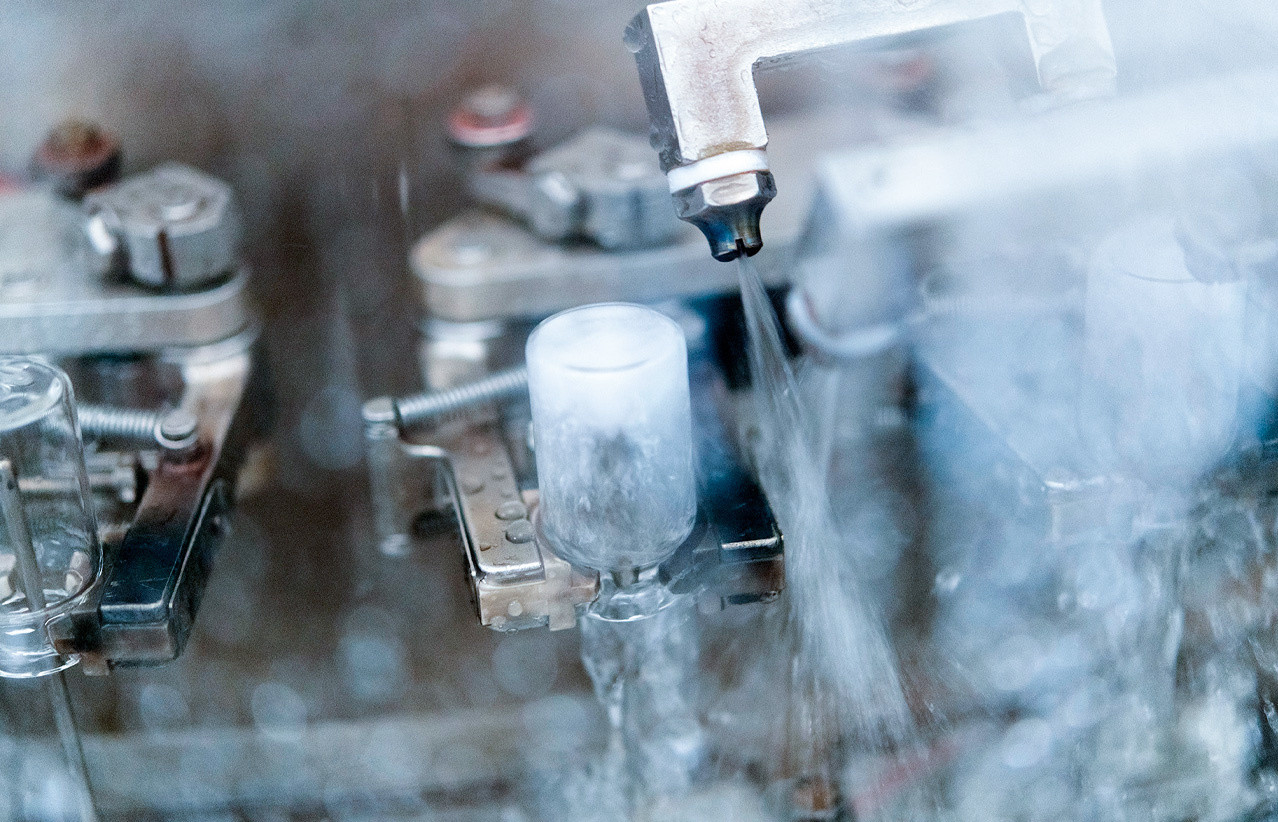
Annex 1 reports as mandatory in the management of pharmaceutical packaging that:
- Primary containers should be cleaned using a validated process to ensure appropriately controlled endotoxin and bioburden particulate contamination.
- Personnel must be qualified and have the required experience, training, and behavior adapted to the protection of sterile products throughout the production, packaging, and distribution processes.
- Packaging materials must be properly controlled and tested to ensure a level of bacterial load and endotoxin suitable for use.
- All sterilization processes must be validated, and those validation studies should take into account the material composition and storage conditions. Before any sterilization process is adopted, the suitability and effectiveness in achieving the desired sterilization conditions should be assessed by physical measurements and/or biological indicators.
- Ethylene oxide sterilization should only be used when no other method is practicable. During the validation process, it must be demonstrated that there are no harmful effects on the product and that the conditions and degassing time result in a reduction of ethylene oxide residues.
- The environmental and process monitoring program is part of CCS and is used to minimize the risk of microbial and particulate contamination.
However, it should be noted that there is significant debate regarding the implementation of these guidelines within the packaging industry. This is due to numerous discrepancies between the pharmaceutical industry and packaging manufacturers, primarily because the latter typically is not subject to health authority inspections and does not need formal production authorization.
The same document indicates that «it should be used in the design and control of facilities, equipment, systems and procedures used for the manufacture of all sterile products» with packaging playing a fundamental role in ensuring the quality of finished products.
The packaging industry is increasingly becoming the owner of processes that historically have always been performed by the pharmaceutical industry. It cannot avoid acquiring new skills and innovative technologies, purchasing the latest generation instrumentation, developing suitable classified areas, automating controls, and preparing a validation plan for critical processes such as washing and sterilization.

In the EU, the only GMP standard fully applicable to primary pharmaceutical packaging is ISO 15378:2017 - «Primary packaging materials for medicinal products — Particular requirements for the application of ISO 9001:2015, with reference to good manufacturing practice (GMP)». Although not dedicated exclusively to sterile pharmaceutical products, ISO 15378 integrates the GMP requirements of Quality Management specific to ISO 9001, focusing on the production and control of primary packaging materials for medicines, merging elements for process measurement and customer satisfaction with those to ensure product safety and efficacy.
These are some examples of the benefits that pharmaceutical companies can obtain from the use of sterile containers produced by ISO 15378-certified companies:
- Reduction in causes of contamination, mix up, and production errors.
- Increased efficiency and reduced non-quality costs.
- Approach to full risk management and validation.
- Compliance with regulatory requirements.
- Qualified personnel with experience in the principles of contamination risk reduction.
- Improvement of processes to ensure safety and effectiveness of the product.
- Product guaranteed by a certification issued by an authorized certification body.
- Integration to the principles of Risk Management (QRM) according to the guidelines Q9 and Q10 of the ICH.
- Use of modern production systems, based on available technologies.
- Application of fast and real-time controls - such as rapid microbiology methods.
- Implementation of a holistic contamination control strategy.
Conclusion
The latest revision of Annex 1 has certainly helped to clarify the concepts already described in previous versions, whilst also stimulating the demand for technological innovations.
The packaging industry has already responded to the needs of the market, by proposing updated solutions that are compliant with the latest standards and requirements.
Packaging suppliers, who can offer the latest technologies and processes in compliance with the new principles of Annex 1, will provide pharmaceutical industries and contract manufacturers the ability to outsource production processes, reduce unnecessary revamping costs, and concentrate internal resources on key activities with the most added value.
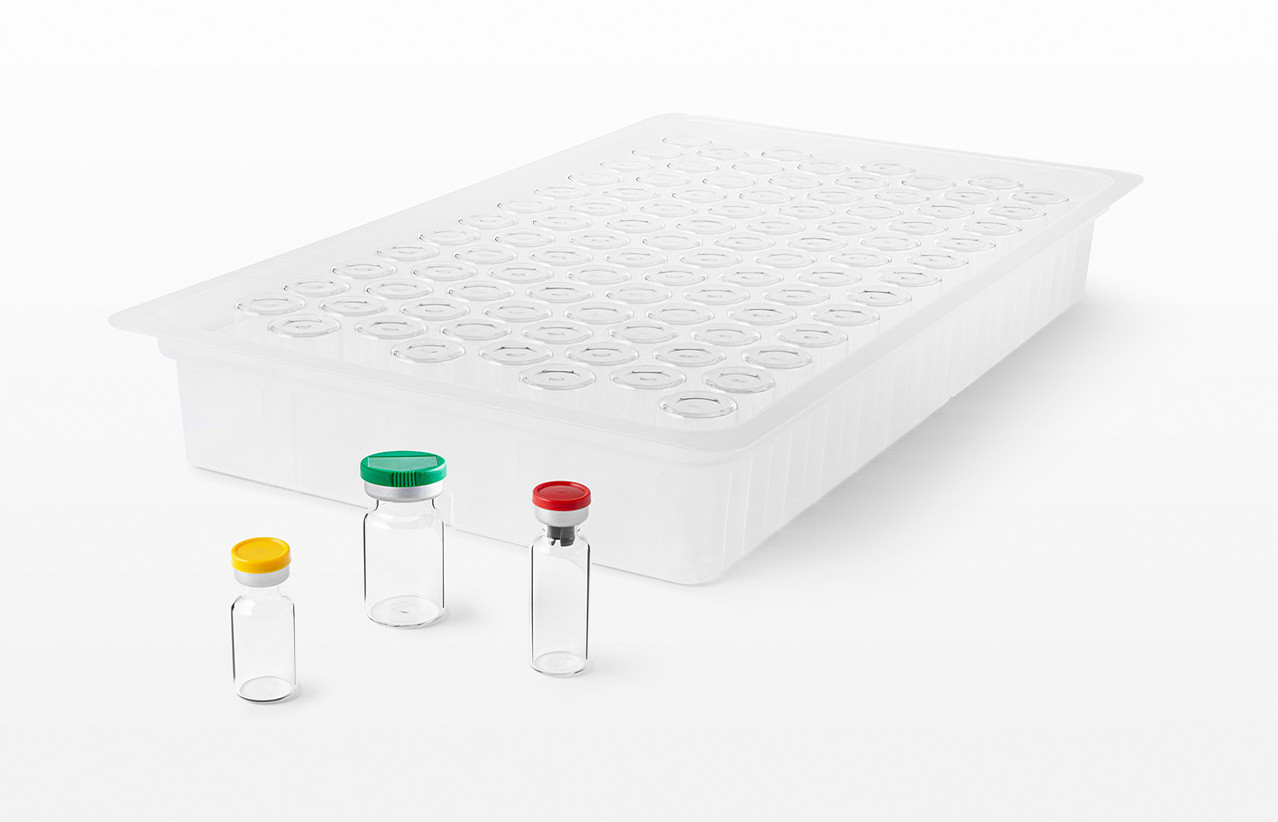
EZ-fill® pre-sterilized platform can aid compliance with EU GMP Annex 1
The EZ-fill® Platform is a fully integrated pre-sterilized containment solution for your aseptic manufacturing that meets the strictest of requirements for contamination control, as outlined in the strategy of Annex 1. Total costs are reduced by relying on experienced external partners for non-core activities.
RTU containers with the highest quality standards prevent contamination in the final product.
RTU containers are controlled and tested out supplier facilities with comprehensive and detailed documentation and evidence, reducing the effort and the liability of the Container Closure System (CCS) required.
RTU products with higher quality standards out of supplier, directly used in the filling step without additional operations and intrusion.
Less activities are required to utilize RTUs, compared with standard primary packaging, resulting in reduced risk of contamination.
1 The only exception concerns paragraph 8.123 dedicated to the sterilization of freeze dryers which will enter into force on 25 August 2024.
References
The regulation governing medicinal products in the European Union Volume 4 EU guidelines for good manufacturing practice for medicinal products for human and veterinary use: https://health.ec.europa.eu/system/files/2022-08/20220825_gmp-an1_en_0.pdf






